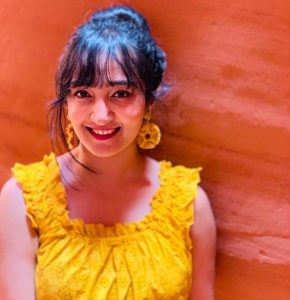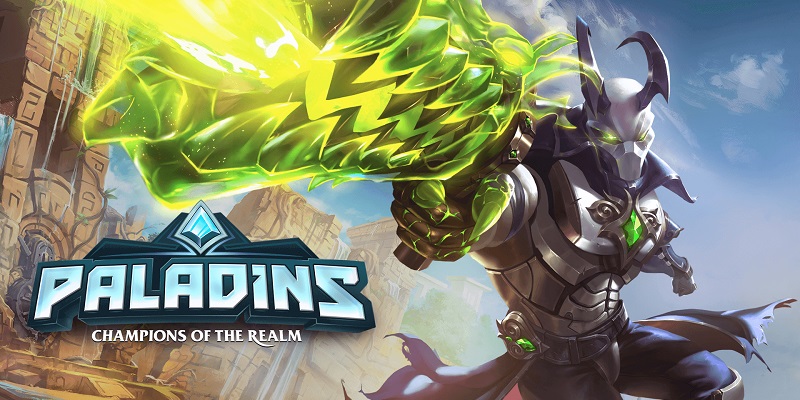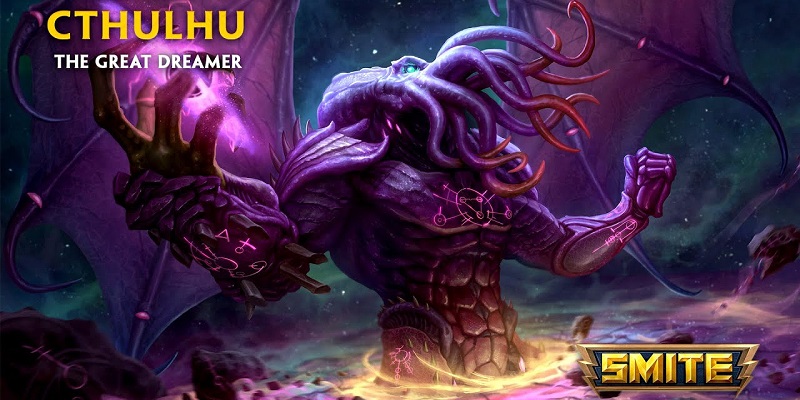
Animation, as we all know, is one of the most fascinating mediums in the infotainment industry. From kids to elders alike, all are in awe of this medium. Easy to understand, interesting to watch and entertaining at the same time, animation has made a mark in everybody’s heart. We see many aspiring artists choosing this field to pursue their career. A student from SCAD, Rucha Muley, while talking to Animation Xpress, explained her journey from VJTI Engineering College to SCAD.
A 3D rigging artist by profession, Muley studied Mechanical Engineering from VJTI and got her Master of Fine Arts degree in Animation from SCAD. The engineering subjects she enjoyed the most were the ones that allowed her to draw or design 3D models. She then decided to apply to graduate programs at animation schools as she was fascinated by the field of animation.
While at SCAD, Muley interned on a game called Paladins made by Hi-Rez Studios. After graduation, she worked as a technical animator on Hi-Rez’s game called SMITE for almost three years. She recently moved to a studio called ProbablyMonsters as a character technical artist.

“People thought I was crazy to leave an engineering career for an artistic one, but I couldn’t be happier! It has been a strenuous but wonderful journey so far,” she expressed.
What are the differences in the education system for the CG industry in the US and India?
In the US, you get a lot of exposure to industry veterans through opportunities served by job fairs, Q&A sessions, guest lectures, portfolio reviews, and other such activities. US universities with a well-sized, focused CG department are great at bringing in seasoned artists to speak at their events. The career fairs at such universities are marked with great opportunities for internships and jobs too. Students from all over the world come with their unique cultures and art styles and it is a good environment to grow as an artist.
I believe Indian schools build a solid foundation for their students’ creative journeys. There are some great CG courses available in India. However, a few schools teach just software rather than concepts. I advise studying a course’s curriculum, asking questions and doing thorough research into any school before applying. Let me also add that India has branches of world-renowned studios such as The Mill, MPC, Double Negative, to name a few. I see a bright future for hard-working and passionate CG students in India.
I find the CG industry highly collaborative and iterative. There’s always so much to learn. I find myself constantly inspired. I always imagined working at a CG studio to be like a magical land, like Hogwarts. The real deal is pretty close. We all love our jobs, we come to work excited like little kids going to a toy factory!
How do you manage the financial aspects, as settling down abroad is not everybody’s cup of tea?
You are right, settling down abroad is difficult. If your portfolio is great, universities will offer you scholarships. You could also apply for scholarships affiliated with governments or charities. Some scholarships are especially geared towards students from low-income families. Securing a decent amount of scholarship, say, $5000-12000 per year, would not only be good for your budget, but academic scholarships look great on your resume as well.
My classmates and I took up various on-campus jobs, such as tutoring younger batches, mentoring students, or working in the library. Those jobs paid for a portion of our monthly expenses.
What general tips help someone while applying to animation/ game/ VFX studios anywhere in the world?
Have a good LinkedIn profile. Network and build solid connections within the industry. Be polite, wait patiently for a response as CG artists are quite busy. Take the time to speak to the person, and build a connection, a genuine one. Learn about their work, their experience with the company, and ask them for feedback on your work. Let them know you are keen on working with their company. Take their feedback and make fixes to your portfolio accordingly. Also, keep a positive attitude! If full-time jobs are difficult to get, look into freelance. Freelance artists earn more per hour.
What is the best project you have worked on till date?
While working on SMITE, I was the rigging artist in charge of a challenging and interesting character called Cthulhu. Cthulhu is this massive demonic deity who can drive humans insane with his gaze. He has a squid-like tentacle-filled face and imposing wings. Those features made him a lot of fun to work on. The players were very excited to have Cthulhu added to the game too. It always feels great when the fanbase/ audience enjoys the work you put out!

What advice would you give to students hoping to get into a US university?
I would say concentrate on making a unique portfolio. Try not to include fan art. What US universities want to see is potential. Work on some observational life drawing, clay sculptures, still life paintings, stop-motion animation with everyday objects, some perspective sketches, some light and dark studies. Get professional feedback on your art if possible.
Muley concluded by saying, “It doesn’t matter what background you come from as long as you bring that fiery dedication with you. Every CG artist will have their unique story of struggle that they must endure to get into the
industry. I know successful CG artists who once were from different backgrounds. Each one of them brought a unique perspective to the table and that gave them an edge of their own. No matter where you stand right now, you could get where you want in the CG industry.”

